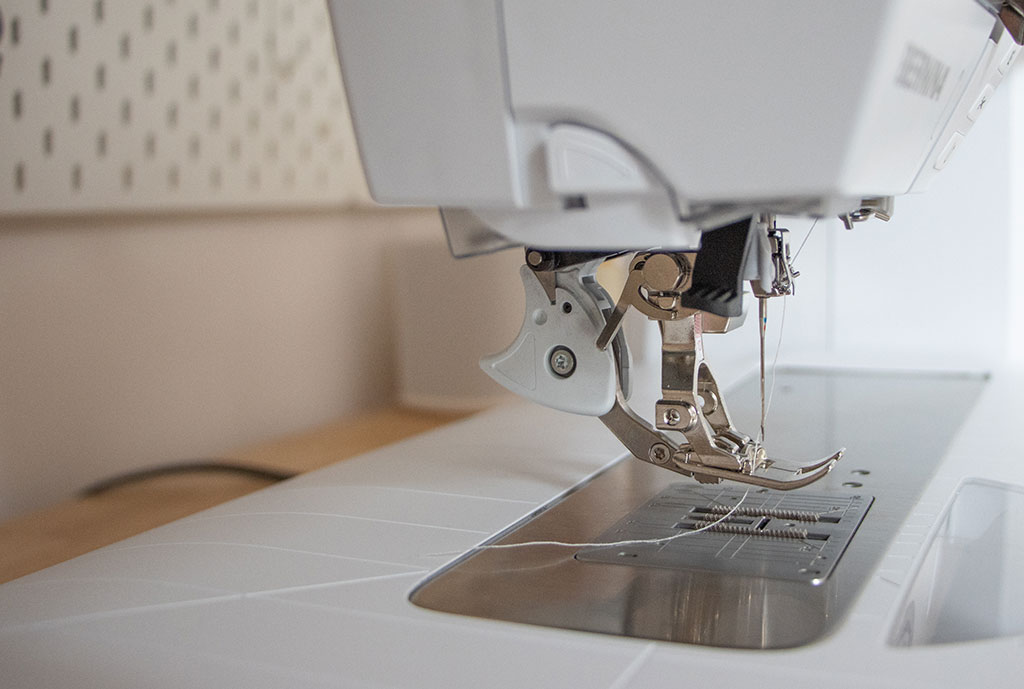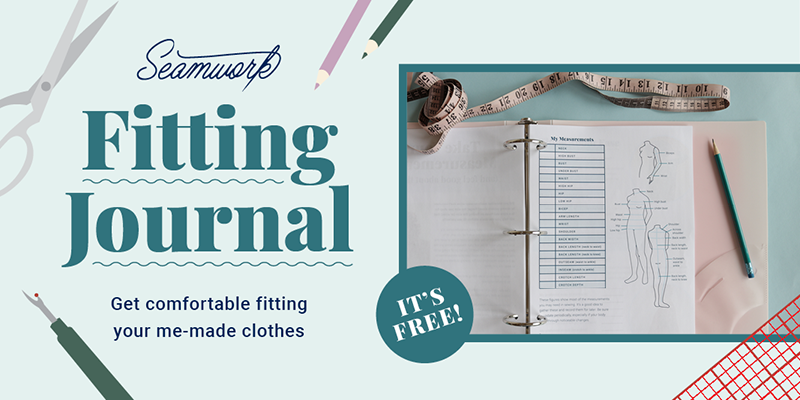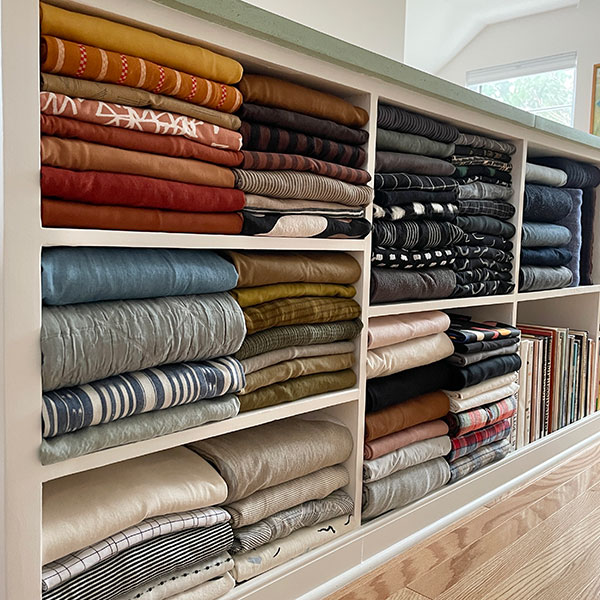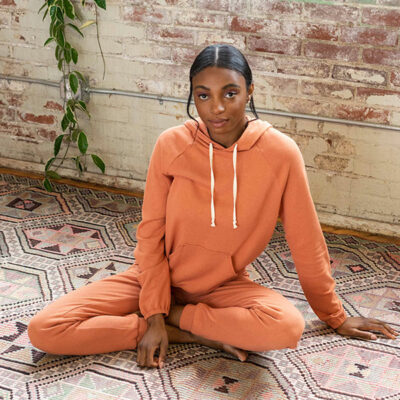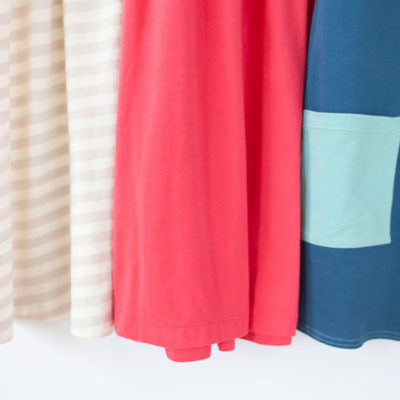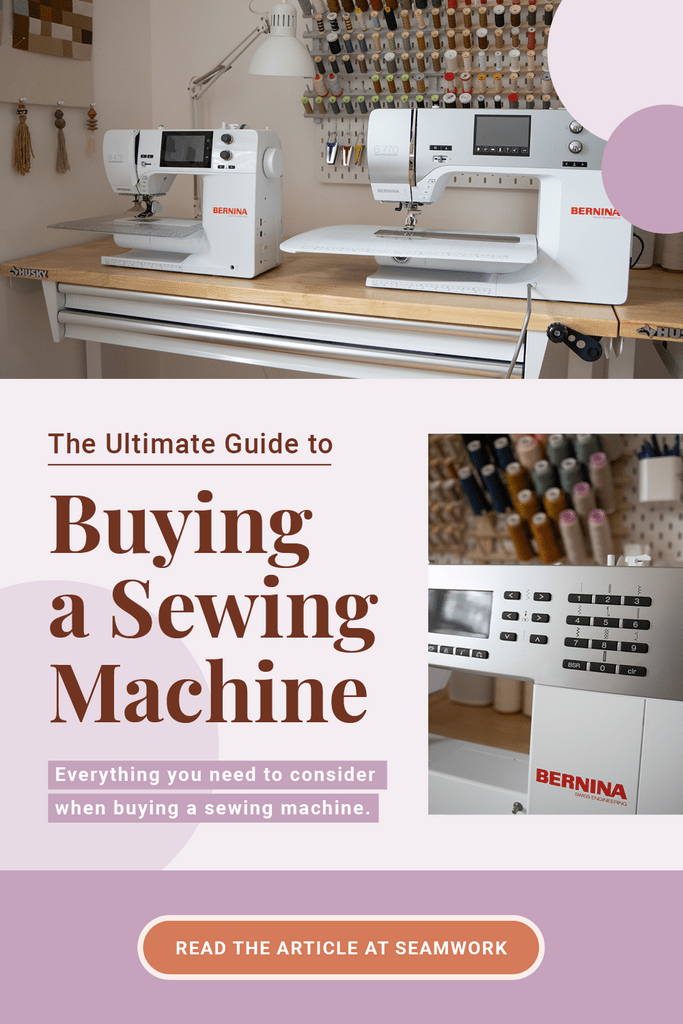Whether you want to start sewing for the first time or you want to upgrade your current sewing machine, you might be wondering what kind of machine you should buy. It would be great if there was one machine to recommend to everyone, but the reality is that your dream machine might be different from someone else’s.
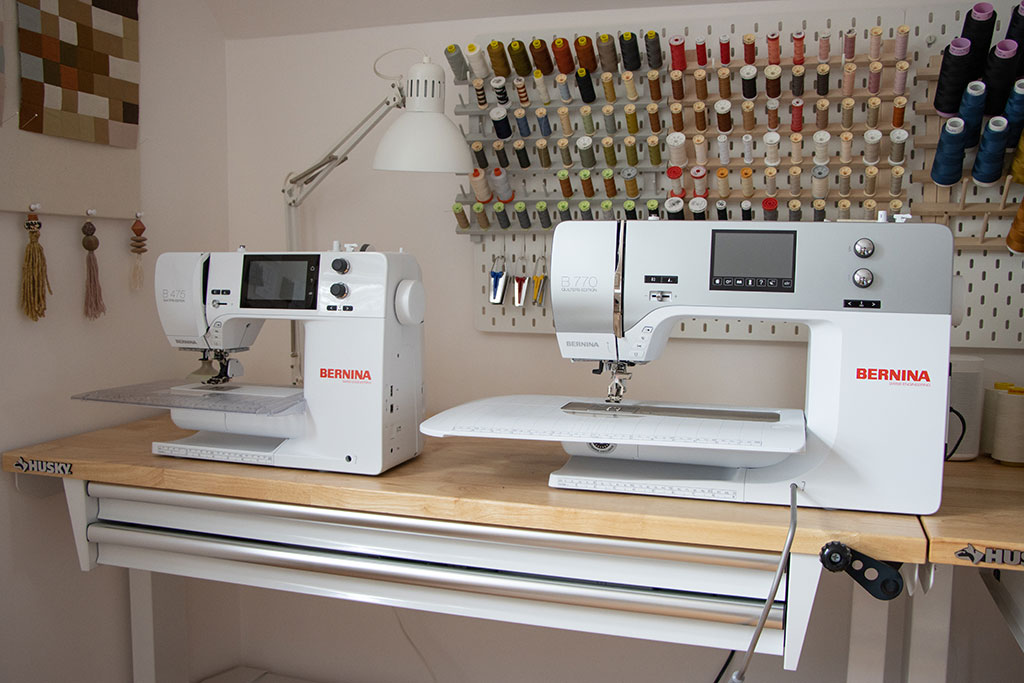
Don’t worry. Your dream machine exists, and by paying attention to what you really need for your sewing practice, you’ll be able to find it. We’ll share 10 tips for buying a machine below. But before you drive to your local machine dealer—actually, before you even start reading reviews of sewing machines— it helps to start with a little pre-interview.
How to Pre-interview Your Sewing Machine
To prepare for machine shopping, sit down, visualize yourself sewing on your new machine, and answer these questions. These questions will differ slightly if this is your very first sewing machine or if you are upgrading the one you currently use.
If you’re buying your first machine
How often do think you will sew? If you just want to hem pants and curtains, an entry-level machine will be great. If sewing is your new favorite hobby, it will probably be worth it to invest in a machine with more capabilities. In this case, stretch your budget as much as possible to get a machine you can really grow into. Just don’t get one that intimidates you.
What projects do you plan to sew the most? Do you think you will be sewing garments, home dec, or quilts? All of these projects use different fabrics and different techniques. Don’t worry, you don’t need to know all the details yet, but having a general idea of the types of projects you want to sew can help you identify which features are a must-have in a machine. If you are going to a dealership, let them know your plans.


If you’re upgrading your current machine
What kind of things do you sew the most? If you’re into quilting, you may want some extra features, such as a dual feed, quarter-inch foot, and walking foot. If you sew a lot of garments, you may want certain specialty stitches, buttonholes, and a freehand system to raise and lower your presser foot.
What would you like to sew in the future? Are there different types of sewing you might do in the future? Or do you plan to do more of one particular kind of sewing—like repairing denim? What about machine embroidery?
How often do you sew? If you sew constantly, it will probably be worth it to invest in a machine with more capabilities. If it’s a once-in-a-while activity, a barebones machine could be just fine.
What features do you like about the machine you currently have? If you already have a machine, what do you like and dislike about it?
How do you feel about the size of your current machine? Would you like something more compact on your sewing table? Or do you need more room for large projects? Do you have a dedicated sewing area so you won’t have to transport your machine from room to room?
Once you’ve completed your pre-interview, it’s time to start researching machines. Here are 10 tips for buying a new—or your first—sewing machine.
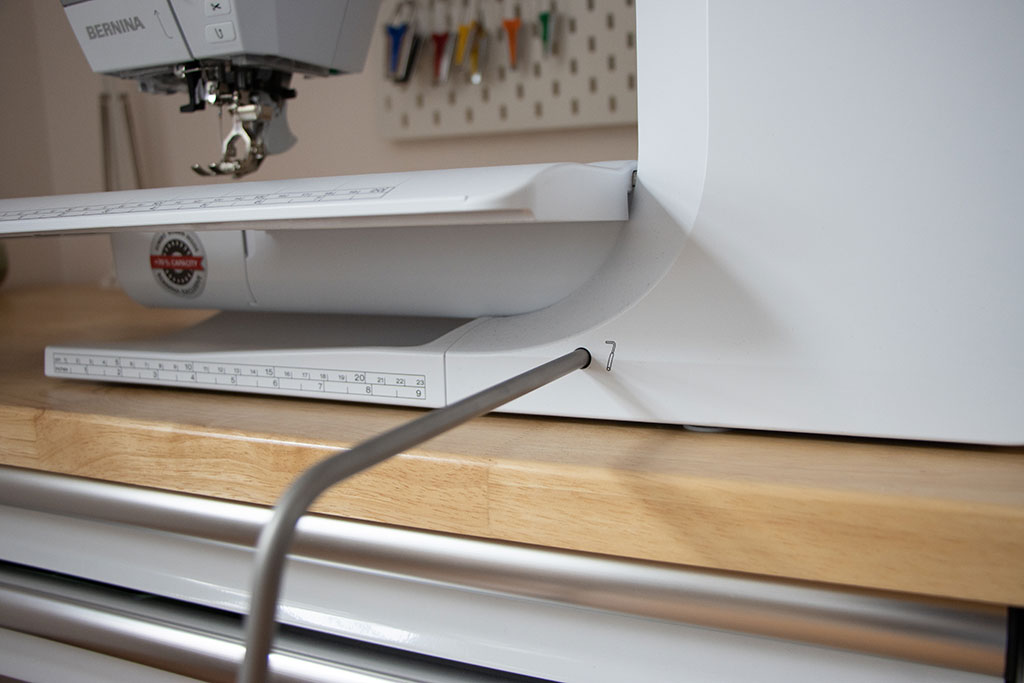
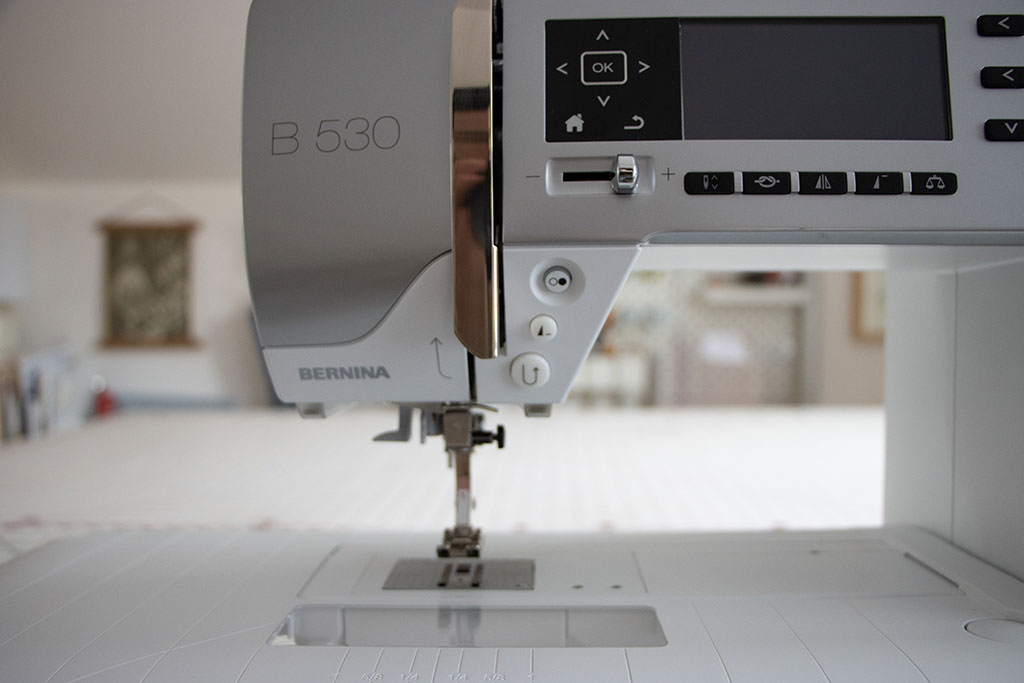
10 Tips for Sewing Machine Shopping
-
Ask yourself, do you really need all those stitches? Unless you plan to use a bunch of decorative machine stitches, you only need a few stitches for garment construction. The vast majority of home sewists will get by just fine with a straight stitch, a zigzag, and a buttonhole function. Other garment garment stitches include a stretch (or lightning stitch), and faux overlock. -
Pay for what you really need in a machine. This isn’t only advice for seasoned makers. If you are new to sewing, small obstacles can derail you, so don’t start with a machine that doesn’t sew well just because it’s cheaper. You don’t want your machine to discourage your new hobby. That being said, don’t spend money on features that you won’t use. -
Buy from a dealership, not a big chain store. Have you ever peeked inside a sewing machine? There’s a lot going on, and if you’re new, you might need some troubleshooting help. Your local sewing shop will provide regular machine maintenance, repairs, and general support that big chains simply won’t. -
If you can’t find a dealer, look for webinar classes. Many dealerships around the world have uploaded helpful information about the machines they carry. You can take virtual tours of all the different brands and their lines. -
Sit down and sew on the machine. Consider your machine like you would a new car. Don’t you want to test drive it? You never know, you might want that free-hand system once you try it. Bring some fabric or an old pillowcase, try out a few stitches, see how the thread cutter works, and make sure that you love the purr of your machine, because you’ll be hearing it a lot. -
Take swatches of the fabric you expect to sew the most, and try the machine with them. Someone who wants to sew athletic wear will use different fabric than someone who wants to sew quilts. To ensure that your potential machine can handle your favorite fabric, bring swatches along for your test sew. Ask your dealer if the machine can handle specialty projects, like denim or bulky layers, stretchy knits, and delicate fabrics. If you plan to sew a lot of buttons, be sure to practice a few buttonholes during your test sew. That one-step buttonhole feature might really be worth it. -
Get a machine you can grow into, but not so big that you feel intimidated to use it. This is the same rule with any of your sewing tools. If your machine and tools don’t help you finish your project with ease and joy, you will use them as an excuse not to sew. -
Gather as much information as you can, but be mindful of reviews. If you’re reading a quilting forum for advice about sewing swimwear you’re not getting the right reviews. Don’t feel pressure to commit. Take your time and sew on as many machines as necessary until you find the one! -
Don’t be afraid to buy used. Aside from vintage treasures, you can often find deals on your local buy nothing groups or Facebook Marketplace. Whenever possible, be sure to test the machine before buying it. -
Still stuck? Ask the Seamwork Community! This question comes up a lot in the Community, and you can read about what everyone loves and hates about their current machines.
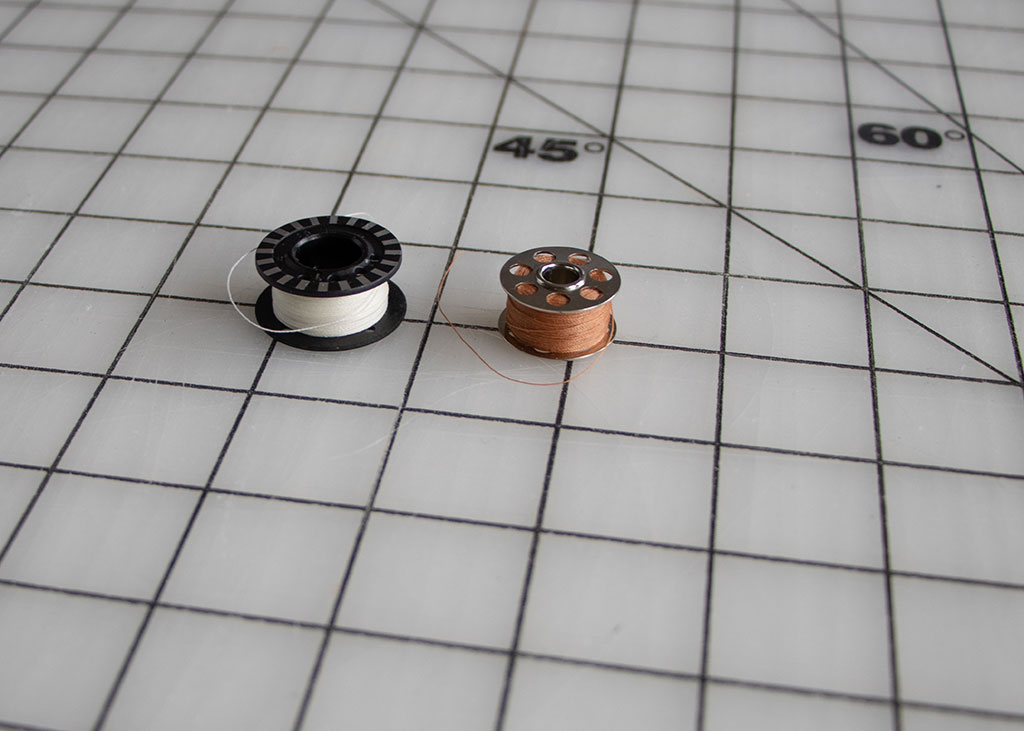
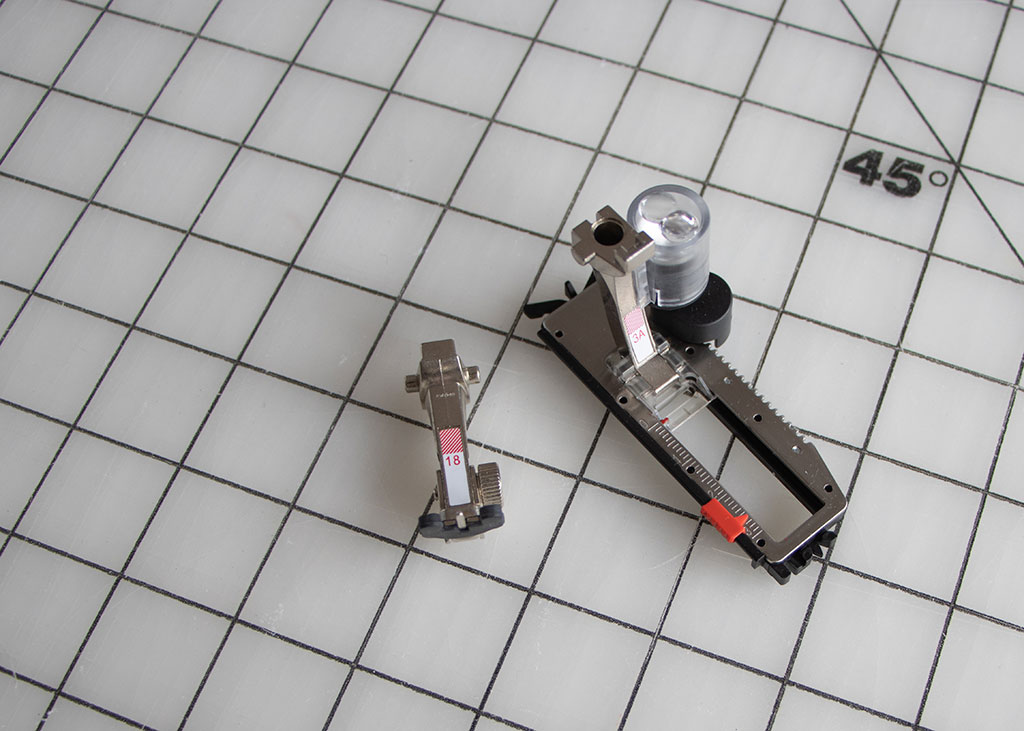
After a brief pre-interview, reading those 10 tips, and bringing your machine feature list to the store, you are all set to find your dream sewing machine. If you outgrow your machine in a few years, just come back to this guide and go shopping one more time!
